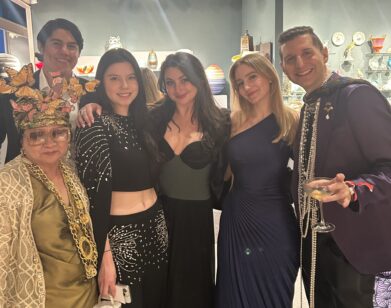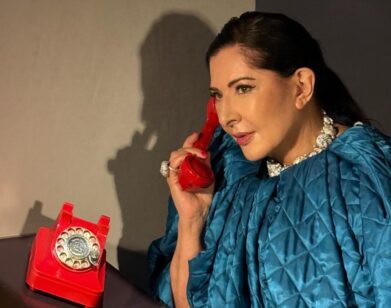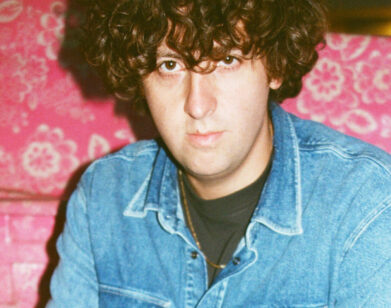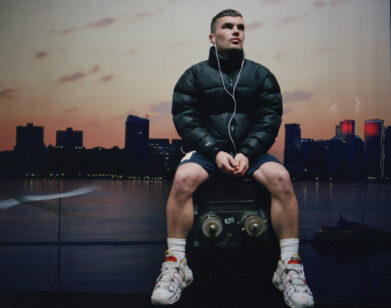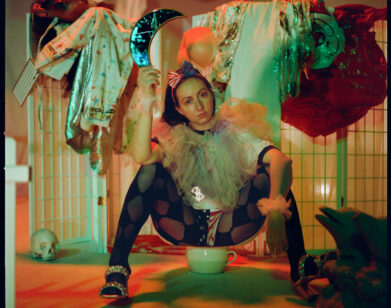The Whitney Biennial Performs Wonderfully
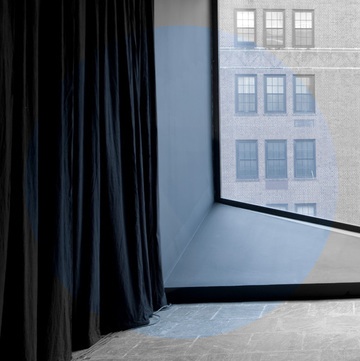
ABOVE: PHOTO COURTESY OF THE WHITNEY MUSEUM.
Film, music, theater, and performance are center-stage at this year’s Whitney Biennial. Comprising work by 51 artists—sculptors, painters, critics, curators, playwrights, filmmakers, dancers, choreographers, musicians, photographers, performance artists, and everything in between. Starting tonight, this Biennial is the most happening show in town.
The exhibition warrants a full day’s attention, and encourages viewers to stick around by, among other gestures, setting up stadium seating in the 6,000 square-foot performance space on the fourth floor of the museum. The program there will include WHO’ SZOO by choreographer and dancer Michael Clark, a play by Richard Maxwell, concerts by the experimental band The Red Krayola, live music and mixed media installations by the soprano Alicia Hall Moran and jazz pianist Jason Moran, and Untitled Runway Show by K8 Hardy. Choreographer Sarah Michelson—whose site-specific work directly responds to the Whitney’s Breuer building—is in residence. If you catch her at the right time of day, she’ll be wandering the vast space in a brown leotard, with nothing but the horse mask she wears on her head to protect her from the viewer.
Films are screened throughout the galleries, many of them feature-length. On the second floor, Werner Herzog, who brought the Chauvet paintings to life in Cave of Forgotten Dreams (2011), stages a moving multi-media projection that focuses on the etchings of Dutch landscape painter and printmaker Hercules Segers (c. 1589–c.1638), and is accompanied by music from Ernst Reijeseger. Right down the hall, the Kaufman Astoria Studios Film and Video Gallery will host both screenings and conversations with filmmakers including the recently (and tragically) deceased Mike Kelley, George Kuchar, Mayra Davey, and Charles Atlas. In case you missed them in theaters, Kelly Reichardt’s acclaimed films Old Joy (2006) and Wendy and Lucy (2008) will be shown daily at the end of April.
The exhibition is not without traditional mediums. Ruby LaToya Frazier, a photographer whose work is heavily steeped in her hometown of Braddock, Pennyslvia, presents Campaign for Braddock Hospital (Save Our Community Hospital), a photography-based work that deals with the dissolution of health care in poverty stricken communities. Kate Levant hangs ephemera she found in a burned out house in inner city Detroit from the ceiling of a third floor gallery.
Queer artists are represented throughout the exhibition— a room of painting and archival material that documents the life of Forrest Bess, an artist who lived in poverty and isolation off the Gulf Coast of Texas where he transformed himself into a pseudo-hermaphrodite. Notable as well is Sam LeWitt, whose sculptures feature ferromagnetic liquid gathered in clumps that move and shift on plastic sheets like sea anemones on the floor of the ocean. In a back room, Dawn Kasper gives visitors a glimpse into her private life, creating a simulacra of her studio, and working while visitors shuffle past her. Lutz Bacher adds her own sounds to the aural cacophony of the exhibition with an auto-play electric Yamaha pipe organ in the multi-media installation, The Celestial Handbook.
On the fifth floor mezzanine artist and activist Georgia Sagri intoned, “I just want to let you know I’m not doing a performance for the press.” It remains to be seen if the commercial scene in the art world—examined thoughtfully by both Sagri and other artists at the Biennial—can be critiqued from the inside.
THE WHITNEY BIENNIAL OPENS TO THE PUBLIC ON THURSDAY, MARCH 1, AND WILL RUN THROUGH MAY 27, 2012. FOR MORE INFORMATION, VISIT THE WHITNEY MUSEUM WEBSITE.

